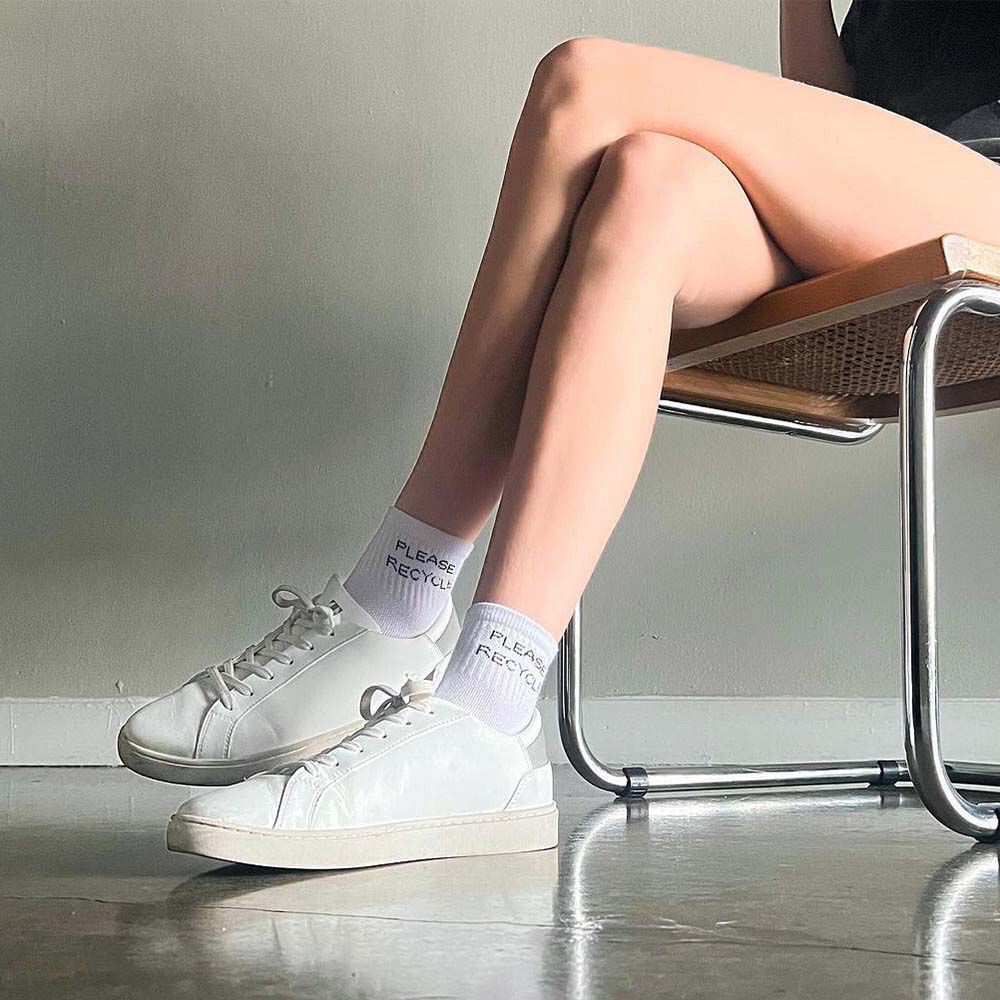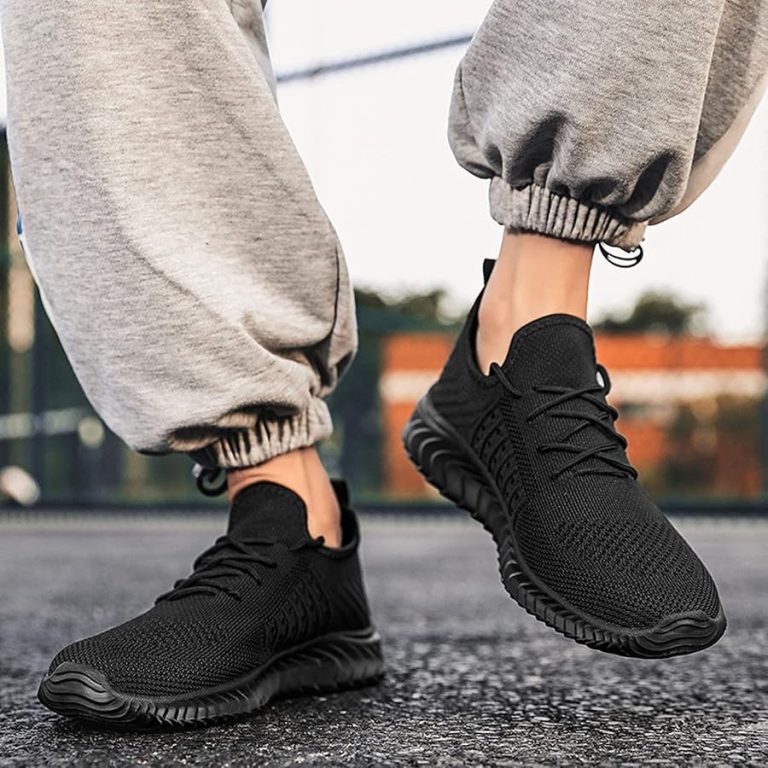
Running Shoes: Why Style Often Lags Behind
The Functionality vs. Fashion Dilemma in Running Shoes
For serious runners, shoe choice is a matter of performance, not looks. Yet, why are running shoes so ugly? This question teases out the tension between functionality and fashion in athletic footwear.
The Design Focus on Performance Over Aesthetics
Running shoes often appear clunky and awkward. That’s largely due to their design, which prioritizes performance. Features that aid in running, like cushioning and arch support, take precedence over sleek profiles. These design choices keep runners safe and efficient, even if it means sacrificing style.
Balancing Technical Features with Style
Designers strive to integrate style into functional running shoes. The aim is to find a sweet spot where technical features meet a pleasing aesthetic. Sometimes, brands achieve this balance, offering options that look good while delivering the necessary performance. The goal: shoes that both feel great and turn heads.

The Evolution of Running Shoe Design
The design of running shoes has come a long way. Let’s explore their transformation.
From Simple Beginnings to Technologically Complex
Early running shoes were basic. Only soles, uppers, and laces, in a handful of colors. As running gained popularity, so did the demand for better shoes. This led to advanced technology in today’s shoes.
New features appeared. Think engineered mesh and Flywire cables. These offer support and breathability, essential for long runs. Foam midsoles and gel inserts improve cushioning. All these advancements have a downside. They often lead to bulky, less attractive shoes. But, for serious runners, functionality trumps style.
The Impact of Market Competition and Product Differentiation
The running shoe market is crowded. Brands must stand out. They turn to product differentiation. This strategy leads to unique designs.
Shoes now have features like air-cushioned midsoles and synthetic overlays. They aim for durability and performance. But the look, often bright and busy, strays from traditional aesthetics.
Differentiation also influences price. Brands offer options for every budget. Price can reflect the technology and comfort a shoe offers. Still, expensive doesn’t always mean better. Runners must weigh price against their specific needs.
In trying to be unique, sometimes the result is those ‘goddamned ugly’ shoes. However, these very designs represent technology and innovation within an ever-evolving industry.

The Aesthetics of Running Shoes: A Subjective Debate
Why are running shoes so ugly? Running shoes stir up a debate when it comes to looks. Some say they’re ‘goddamned ugly,’ while others value their standout styles. But what drives these design decisions? Let’s dive into this subjective topic.
The Shift to Eye-Catching and Noticeable Designs
Modern running shoes often flaunt bold, vibrant colors and complex patterns. These designs strive to grab attention in a saturated market. Innovation and distinction are the goals, though not everyone’s taste aligns with the loud aesthetic of today’s running shoes. Shelves are packed with shoes featuring wild color combos and intricate details – think lime greens, hot pinks, and audacious stripes and dots.
RunningWarehouse.com’s vast selection reflects the trend toward loud designs meant to get noticed. Brands seem to compete in an informal ‘who can stand out more’ contest. They use every design trick to catch the buyer’s eye in the midst of hundreds of options.
The Potential for Simplicity Amidst the Chaos
Despite the current trend, there’s growing demand for simpler, more refined running shoes. Amidst flashy models, minimalist designs could offer a fresh alternative. Some runners prefer clean lines and understated colors. It’s not all about technology for them – aesthetics matter too.
The market may slowly shift back to basics as consumer preferences evolve. After all, style is subjective, and what’s considered ugly to some may be the height of fashion to others. The hope lies in finding shoes that please the eye without forgoing the performance running shoes are known for.
Technological Innovations and Their Effect on Design
As running shoes evolve, technology plays a key role in their design. The push for better performance has led to breakthroughs in materials and construction. Let’s look at how technology shapes today’s running shoe designs.
Breathability, Support, and Lightweight Materials
Recent years have seen a trend towards materials that offer an unbeatable combo of breathability, support, and lightweight. Engineered mesh uppers are now common. They keep feet cool and cut down on weight. Support hasn’t been left behind, with innovations like Flywire cables and synthetic overlays. These provide strong, firm support without adding bulk.
Foam midsoles and gel inserts are also a big deal. They’ve changed the game in cushioning. This means runners can go longer distances with more comfort. The result? Shoes that help you run without holding you back with extra weight.
The Continued Pursuit of Optimal Performance Features
Manufacturers never stop hunting for the edge in performance. They are always adding new features to shoes. We see air-cushioned midsoles for shock absorption and energy return. There are also advancements in traction for better grip on different terrains.
Shoe makers work to blend these tech features with designs that runners want to wear. This balancing act is tough. But it’s crucial for creating shoes that score high on both performance and style. As technology advances, we can expect running shoes to keep getting better. They will offer more benefits while hopefully becoming more appealing to the eye.

Challenges in Crafting Fashion-Forward Running Footwear
The road to sleek, fashionable running shoes is filled with challenges. Making shoes that look and perform well is not easy.
Balancing Design Elements with Functional Requirements
Designers face a hard task. They must mix good looks with features that help runners. Cushioning, support, and traction are key. But these often add bulk, making shoes less stylish. Achieving the right balance demands creativity.
Extra padding protects feet. This means comfort during runs. Yet, it can make shoes look wide and heavy. The same goes for materials that offer better grip and support. They are often not sleek.
Choosing the right fabrics and tech is vital. The aim is to get a light, airy feel without losing out on performance. It takes trial and error to find this mix.
The Ongoing Struggle for Aesthetic Appeal in Athletic Gear
Runners want shoes that stand out for the right reasons. But many running shoes are seen as ‘goddamned ugly.’ Designers try to push the limits of style without ditching needed features.
Bold colors and patterns grab attention. They show that shoes are packed with new tech. But they might not please everyone.
Some runners prefer subtle designs. They look for clean lines and muted tones. This can be hard to find in today’s bright, busy shoe market. Good-looking shoes that also do the job are in demand.
The journey to blend form and function in running shoes goes on. Designers and brands take note of runner feedback. They keep searching for ways to make shoes that look good and perform well.

The Future of Running Shoe Design: Function Meets Style
The debate on the ugly nature of running shoes sparks curiosity about the future. As tech advances, design is pushing for performance without losing sight of fashion.
Advancements in Cushioning and Custom Fit Options
New cushioning technologies like ‘DNA Loft’ and Nike’s React foam are game-changers. They provide comfort while keeping shoes light. Custom fit options are growing. Brands now offer supportive, bounce-back features tailored to runners’ unique strides. This means better, personalized performance.
Design Innovations Poised to Change the Running Shoe Landscape
Designers are exploring better balance between function and form. We’re seeing sleeker styles that don’t skimp on tech. Mass-market models offer decent performance, but designer shoes bring top tech and sharper looks. The choice is tough. Runners must consider price, features, and personal style when choosing their ideal running shoes. The hope? To find that perfect pair that tick boxes for both function and fashion.
Consumer Choices: Mass-Market vs. High-End Running Shoes
In the world of running footwear, two paths diverge: mass-market and high-end shoes. Price tags and fancy features define these categories, stirring a choice for runners.
Assessing Features and Technologies in Different Price Brackets
Runners wonder, why are running shoes so ugly, and what do they offer? Shoes span from cost-friendly to pricey. Yet, not all justify their cost in features.
Budget shoes may lack the latest technology but cover basic needs like cushioning. Mid-range options balance cost with features, leading to seemingly ‘goddamned ugly’ attempts at technology-display. High-end shoes boast cutting-edge tech but also demand top dollar.
Pricier pairs often use fancier materials for support and comfort. They might feature ‘DNA Loft’ or ‘React foam’, materials cited for superior cushioning and lightweight.
The Importance of Finding the Right Shoe for Your Running Needs
Choosing shoes means juggling cost, comfort, and performance. The perfect pair should fit right and suit personal running needs. Style often comes second to these priorities.
Runners must weigh their options. Do cheaper shoes meet their needs? Does splurging on high-end pairs guarantee a better run? The answer? It varies with each runner’s stride, terrain, and style.
In the end, finding running shoes that match both your functional requirements and personal taste can be tough. But, with informed choices, runners can find a happy medium—even among those ‘goddamned ugly’ designs.

